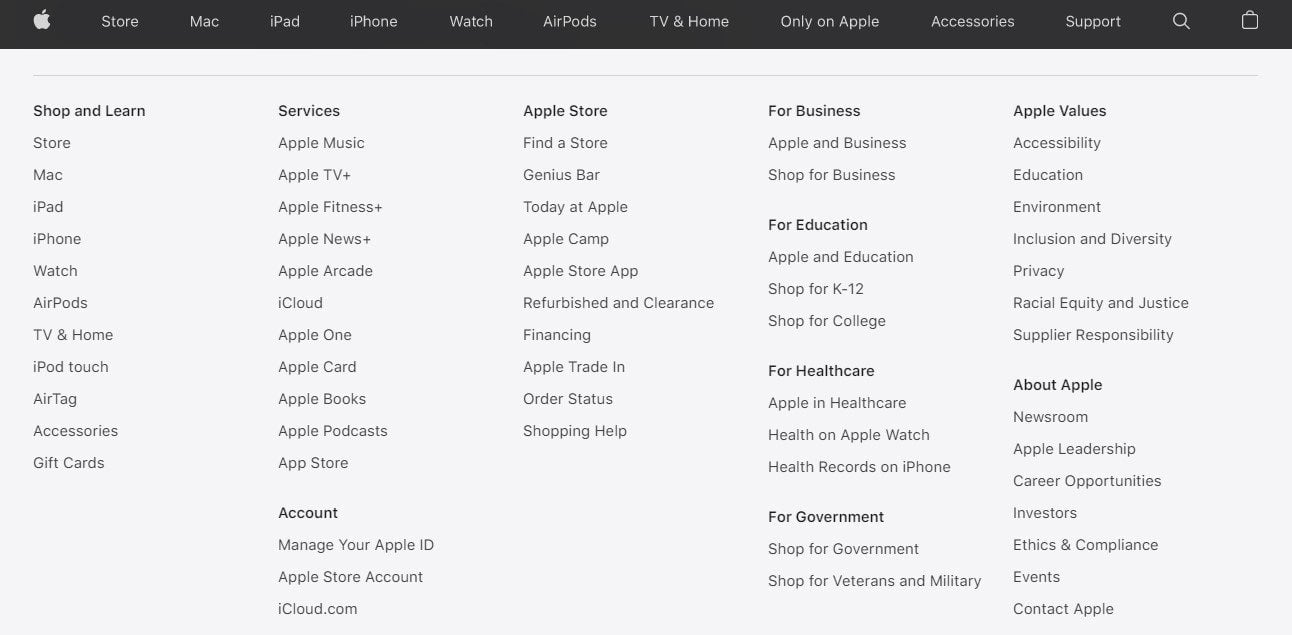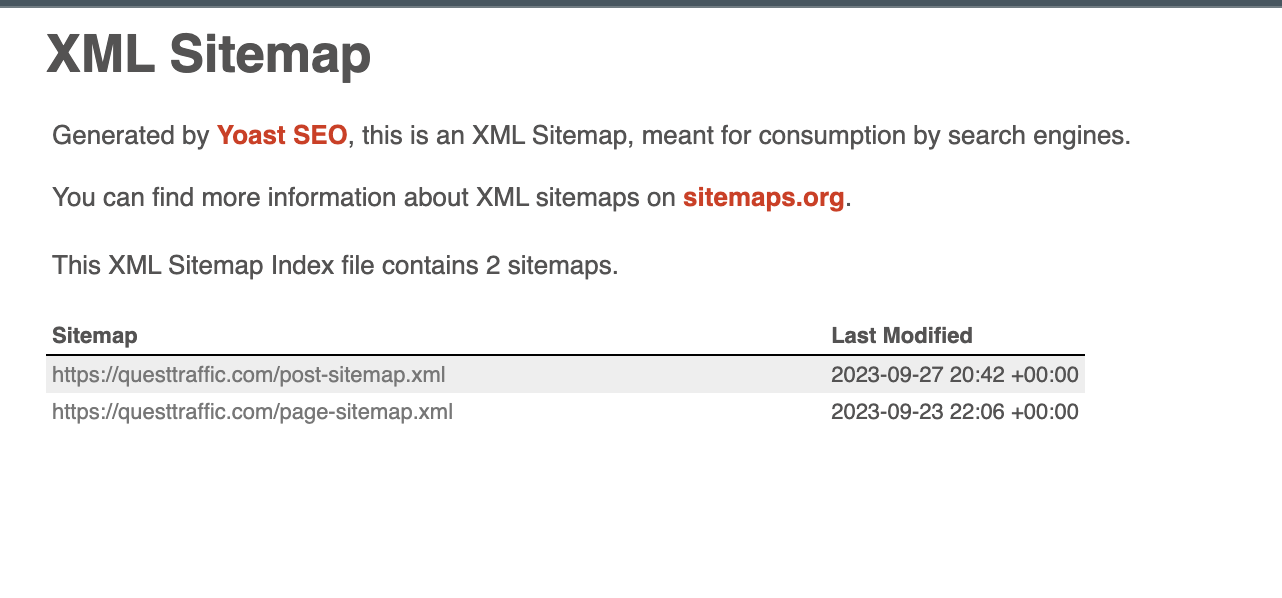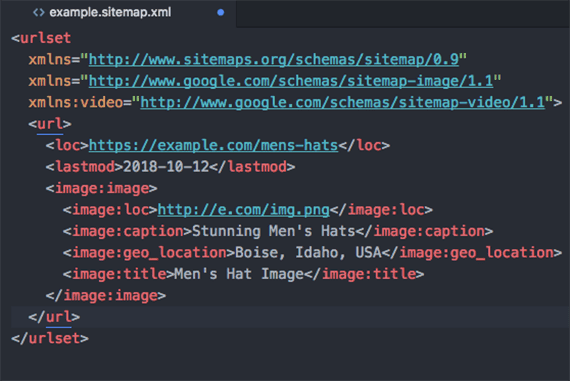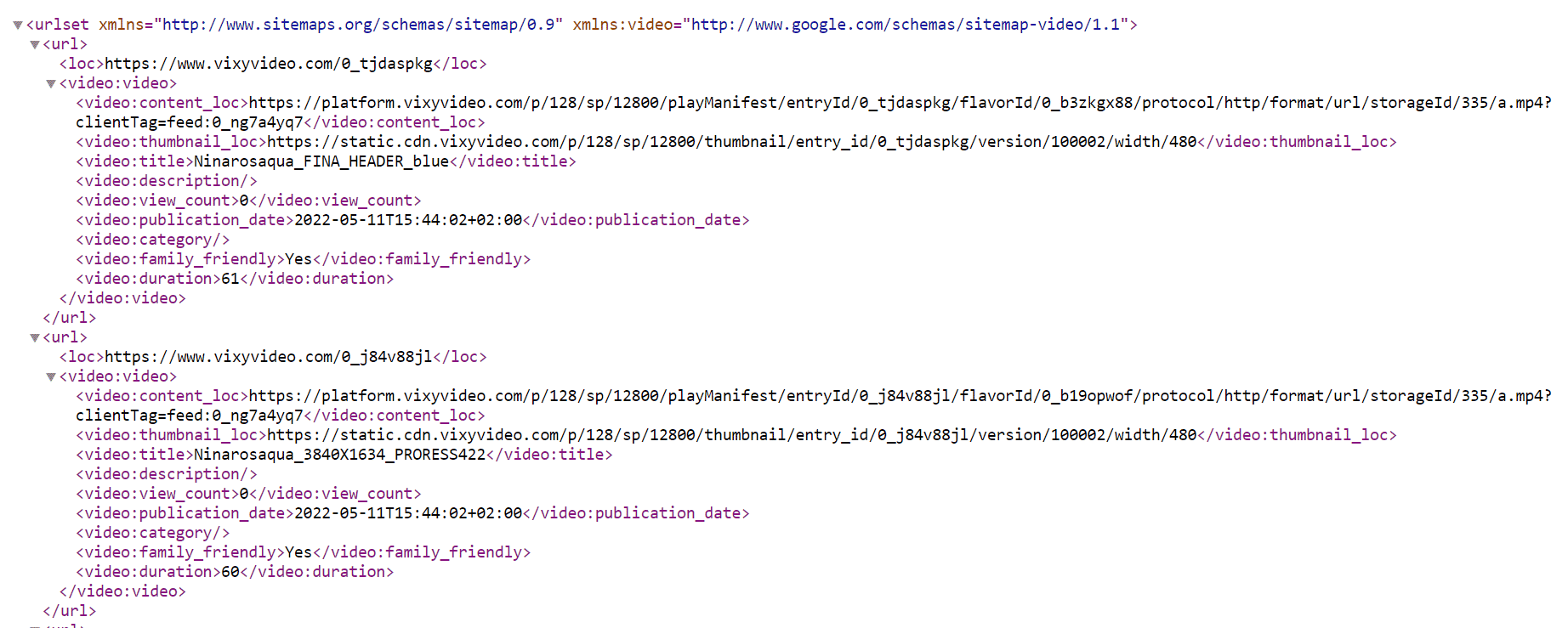What Is a Sitemap?
A sitemap serves as a structural plan for your website, aiding search engines in locating, traversing, and cataloging all the content on your site. Additionally, sitemaps provide guidance to search engines by indicating which pages within your website hold the highest significance.
There are four main types of sitemaps:
- Normal XML Sitemap: This is the most frequently encountered sitemap type, typically presented as an XML Sitemap that references various pages on your website.
- Video Sitemap: Designed with a specific purpose in mind, this type of sitemap is employed to assist Google in comprehending the video content present on your webpage.
- News Sitemap: This type of sitemap aids Google in locating content within websites that have received approval for inclusion in Google News.
- Image Sitemap: Dedicated to aiding Google in discovering all the images hosted on your website, this type of sitemap serves this specific purpose.
Why are Sitemaps Important?
Search engines such as Google, Yahoo, and Bing rely on your sitemap to locate various pages within your website
As Google puts it:
“If your site’s pages are properly linked, our web crawlers can usually discover most of your site.”
To put it differently, having a sitemap may not be an absolute necessity, but it unquestionably won’t hinder your SEO endeavors. Hence, it’s a logical choice to incorporate them.
In certain specific scenarios, a sitemap proves exceptionally beneficial. For instance, Google primarily discovers webpages through external links. If your website is freshly launched and possesses only a few external backlinks, a sitemap becomes invaluable in assisting Google in locating your site’s pages.
Alternatively, if you manage an ecommerce site with an extensive 5 million pages, unless your internal linking is flawless and there’s an abundance of external links, Google may encounter difficulties in indexing all those pages. This is precisely where sitemaps play a crucial role.
To that end, here are the steps for setting up a sitemap and optimizing it for SEO.
There are two types of sitemaps:
- HTML Sitemaps
- XML Sitemaps
XML Sitemaps are further divided into the following types:
- Image Sitemaps
- Video Sitemaps
- News Sitemaps
- Mobile Sitemaps
HTML Sitemap
An HTML Sitemap is primarily designed for the benefit of users. It simplifies the navigation process for visitors, enabling them to explore the website with ease. Below is a screenshot depicting an HTML Sitemap of Apple :

XML Sitemap
An XML Sitemap serves the dual purpose of assisting search engine bots in crawling a website more effectively and providing insights into the site’s most significant URLs.
Here is a screenshot displaying an XML Sitemap:

Additionally, there are tags that can be included within an XML Sitemap, such as <lastmod>, <changefreq>, and <priority>.
The <lastmod> tag conveys the date of the last file modification and should adhere to the format YYYY-MM-DD.
The <changefreq> tag indicates how frequently the page content changes. It can take one of the following values: “always,” “hourly,” “daily,” “weekly,” “monthly,” or “yearly.”
The <priority> tag assigns a value ranging from 0.0 to 1.0 to signify the importance of individual pages to search engines like Google. A value of 1 represents the highest importance, while 0 signifies the lowest. If the <priority> value is not specified for a particular page, the default value is set to 0.5.
Types of XML Sitemaps
Image Sitemap:
An image sitemap is specifically designed for images and plays a crucial role in getting images featured in Google Image Search.
Within an image sitemap, two tags are mandatory:
- <image:image>
- <image:loc>
Additionally, there are optional tags that can be included in an image sitemap:
- <image:caption>
- <image:title>
- <image:geo_location>
Below is a screenshot illustrating an image sitemap:

Video Sitemap:
Much like an Image Sitemap, a Video Sitemap is instrumental in getting videos featured in Search Engine Results Pages (SERPs) and aids search engine bots in comprehending video content.
In a video sitemap, the following tags are obligatory:
- <url>
- <loc>
- <video:video>
- <video:thumbnail_loc>
- <video:title>
- <video:description>
- <video:content_loc>
- <video:player_loc>
Here is a screenshot exemplifying a Video Sitemap:

News Sitemap:
A News Sitemap is mandatory for news websites and plays a vital role in ensuring articles get featured in the “News Section” of Google’s Search Engine Results Pages (SERPs).
When dealing with News Sitemaps, it’s important to note the following guidelines:
- Articles included in News Sitemaps must not be published more than 2 days prior to the current date.
- News Sitemaps should not exceed 1000 URLs. If there are more than 1000 URLs, it’s advisable to split them into multiple sitemaps and utilize a sitemap index file for organization.
Mobile Sitemap:
As per John Muller, having a Mobile Sitemap is unnecessary for a website that is already mobile-friendly. However, a Mobile Sitemap becomes essential when you have a distinct, specially formatted version of your website designed specifically for mobile devices. In such cases, it helps ensure that search engines properly index and understand the mobile-specific content and pages.

